Posted on March 16, 2017 in Gardening
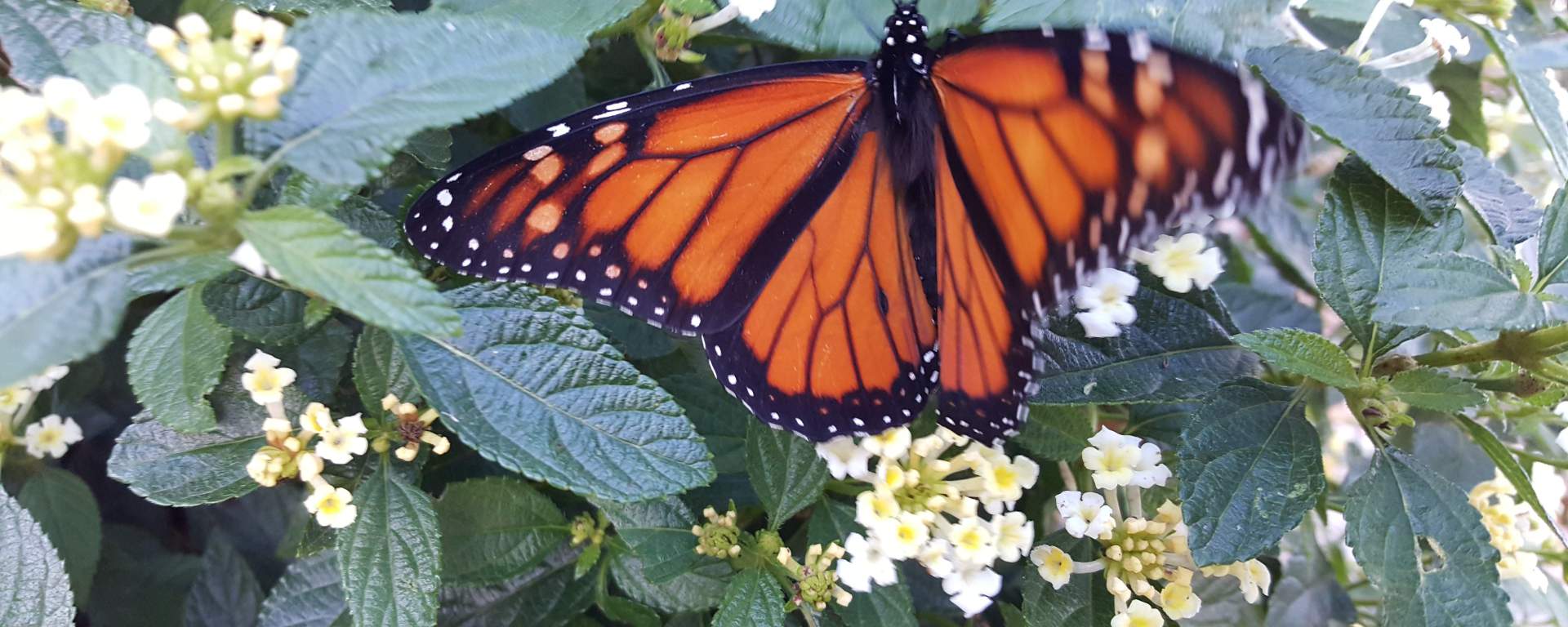
Creating an environmentally friendly garden is a major step towards reducing your carbon footprint.
While many of us are starting to realise the importance of eco-living, our gardens often go ignored and untouched. However, with so much emphasis on environmental issues, now is the perfect time to start taking more control.
Page Contents
Composting Tips
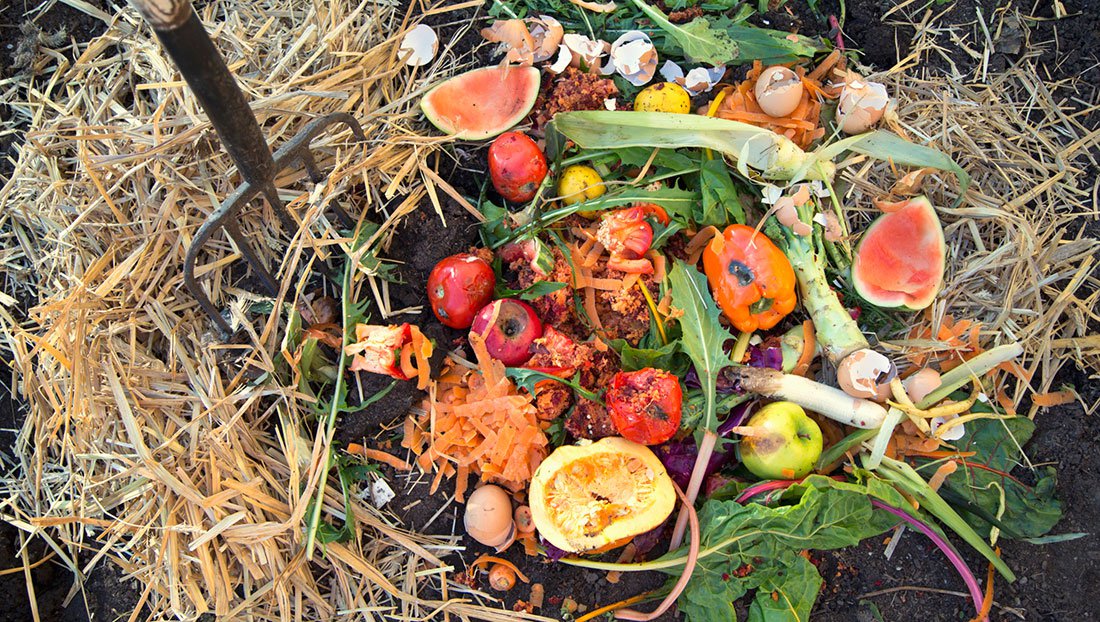
Creating your own compost heap is the perfect starting point. By recycling general garden waste you will not only help reduce landfill waste, but will have a constant supply of fresh compost that can be used around your garden. Your plants will benefit a great deal with this addition to the soil and it will cut down your manure or compost costs the following year.
Natural garden waste is fast to break down and will provide moisture and nitrogen. Household waste generally takes a little longer to rot, but will provide more carbon and fibre, and will cause air bubbles to form on the inside. Having a mixture of both is the key to creating top-quality compost.
Compost can be created using a surprising amount of household waste, such as:
- Raw vegetables
- Crushed egg shells
- Fruit peel
- Teabags
- Newspapers
- Cardboard
Almost all garden waste is suitable, such as:
- Fallen leaves
- Grass cuttings
- Wood cuttings
- Old plants
- Foliage
Certain things can severely harm your compost heap, such as diseased plants, weeds, soiled nappies and pet droppings. This can cause your compost heap to attract unwanted pests. In addition, household items in the form of glass, plastic and metal are not suitable.
Balance is the key to good quality compost. If it’s too wet, add dryer waste, while if it’s too dry, add damper waste. It should also have enough air. You can create little pockets by adding scrunched up pieces of cardboard to the mix.
Just like tools and machinery, a good compost heap requires a bit of fine tuning every now and then. Regularly turn the compost heap to give it an airing and to balance out the waste. This will also yield faster results.
When your compost is ready the bottom layer will be a dark brown colour with a soil-like consistency that’s spongy to touch. Decent compost is very rich in nutrients and will greatly improve the quality of your soil when spread over flowerbeds. Fundamentally compost heaps not only reduce household and garden waste, but suppresses weeds and eliminate the need for harmful fertilisers and pesticides.
Saving Water
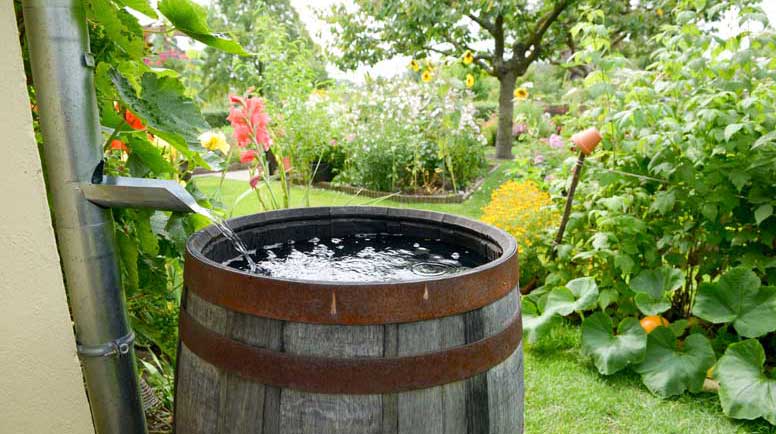
Water is a precious resource that is vital to the life of your garden. Mulching, collecting rain water and landscaping with drought-resistant plants is the key to limiting your water consumption. Gardening can take up to 70% of the UK’s water supply when at peak demand. This causes water companies to use groundwater and streams to supplement the supply, which can have a devastating impact on the surrounding environment.
Mulching flowerbeds, plant pots and hanging baskets will improve soil structure and help it to retain moisture – this is because it reduces evaporation. In addition, it will give your garden a neat and tidy appearance.
Knowing how much water your plants require isn’t nearly as difficult as it seems. Most people over-water their gardens and only check the surface level for moisture; however it’s what’s underneath that really counts. Check that the soil is roughly a spade-level deep, and if it’s damp just leave it. In addition, it’s also better to water plants during the evenings as it will evaporate less.
Light sandy soils generally need more watering than heavy soils; while clay-based soils require less frequent watering, but much larger quantities. As a guideline, most plants require approximately 24 litres of water per square metre every 10 days.
Plant Drought Resistant Plants
If you’re landscaping have a long hard think about how much time you’ll have to manage your garden. Lavender, palms and verbena, for example, require far less water than most other plants and could be more suitable if you’re looking for something easy to look after.
Collect Rainwater
Even in the driest parts of the UK you can collect up to 24,000 litres of water each year. The average water butt holds around 160 litres and refills very quickly, leaving you with more than enough to feed your garden.
Reuse Old Water
Contrary to popular belief the majority of household cleaning solutions aren’t harmful to plants. Reusing grey water (water collected from baths, showers and sinks, etc.) is certainly a viable option. You can purchase greywater diverters for very little, which will divert water from your home to a storing facility. Just make sure the water doesn’t contain any bleach or disinfectant as it will harm the soil and could cause health problems.
Install a Watering System
There are four primary forms of watering system; sprinklers, hoses, seep hoses and automated irrigation systems. Sprinklers are the most effective for soaking large areas; hoses require the most work, but allow you to only water where is needed; seep hoses can be buried under compost or mulch in order to water large rows of established plants without the risk of evaporation; automated irrigation systems allow water to trickle into designated areas, but are generally the most expensive.
The only way to truly understand your plants and how much water they’ll require is to get stuck in and monitor their dampness manually. Remember that conditions will change on a seasonal basis; therefore, it’s worth monitoring your water levels several times per year to ensure you’re on the right track.
Improving Air Quality
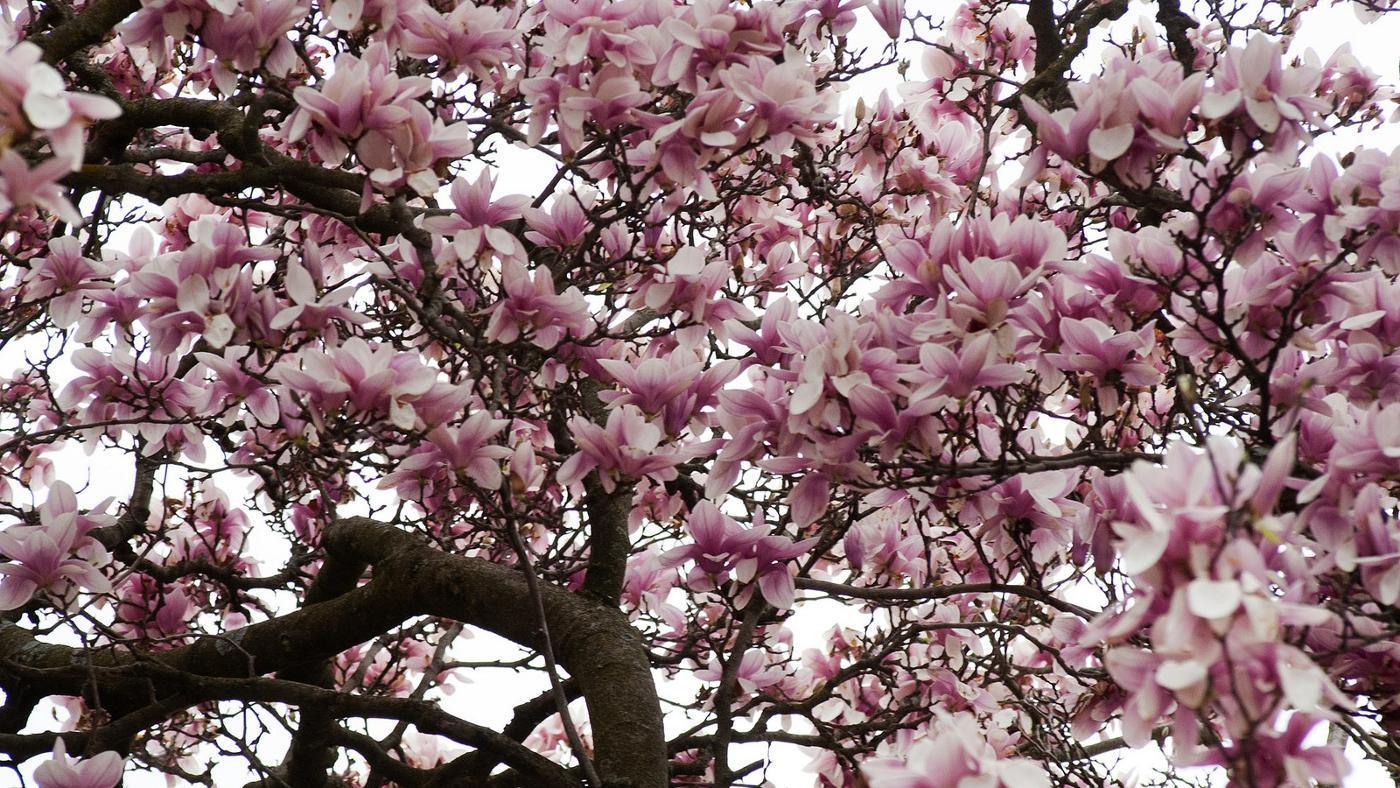
Outdoor air quality is one of the most overlooked elements of environmentally friendly gardening, especially in urban areas that are more exposed to chemicals and gasses. Planting certain trees can improve the overall air quality in the direct vicinity, which can help other plants to flourish.
If possible consider planting trees such as conifers, beech tees and magnolia. What’s great about these species is that they’ll blend with virtually any form of landscape design, and provide cooling shade for your other smaller plants in the summer. In addition, you’ll be surprised by how much a few larger trees will reduce noise pollution.
Water features and ponds are great for improving the purity of air. Steady streams of water are not only beautiful and tranquil, but can remove harmful pollutants. Having nice fresh air will help your plants and soil remain moist and healthy.
Buy Organic Alternatives to Pesticides and Fertilisers
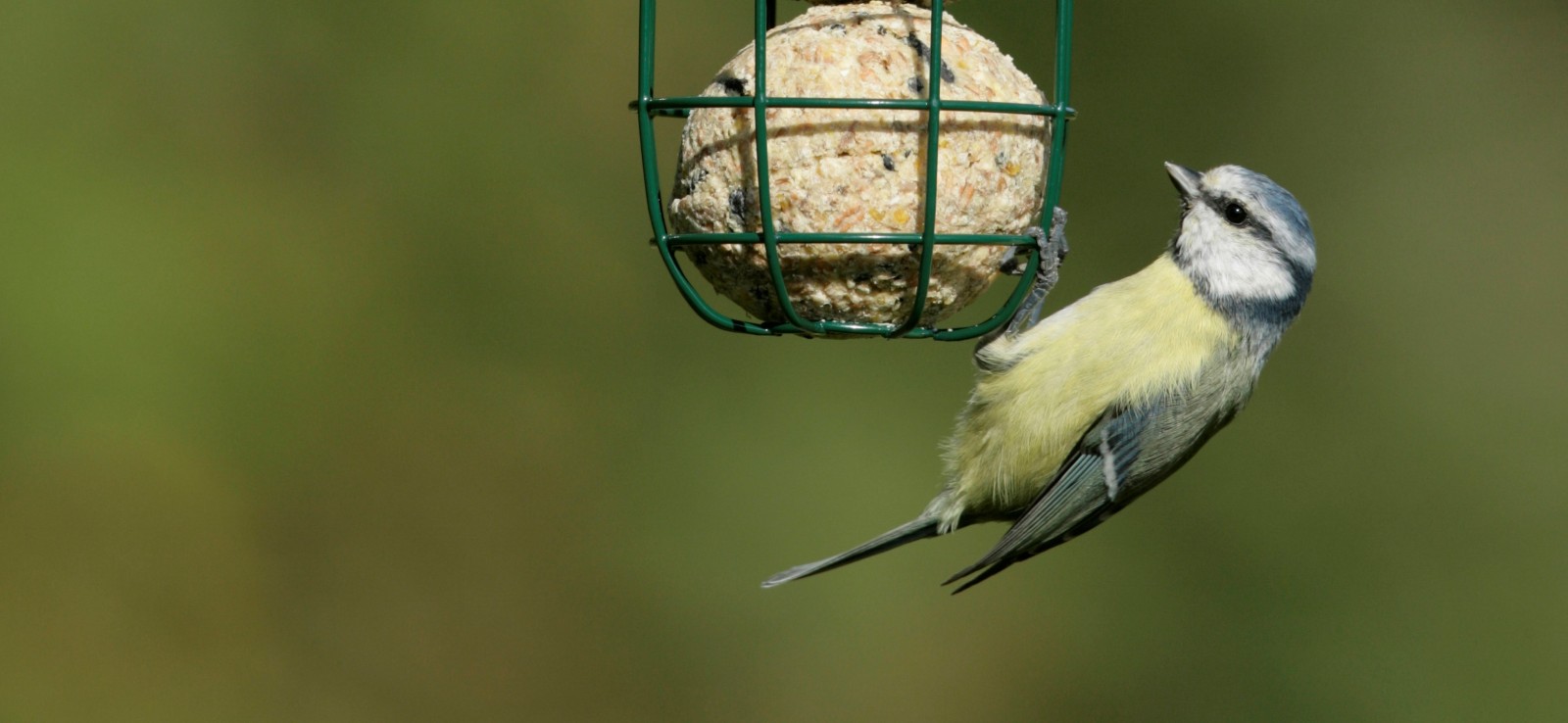
There are no “non-toxic” chemical pesticides on the market, be it organic or natural. If you really must use pesticides make sure they’re 100% organic and contain natural chemical compounds that don’t harm humans or the environment. Organic products have very low toxicity levels and pose very little risk to warm-blooded animals.
Hang Up Birdfeeders
There’s no better way to control slugs, snails, caterpillars and other plant-destroying mini-beasts than inviting birds to feast on them. Place a few bird feeders and nesting homes around your garden to encourage them to come down and visit.
Plant Bright Plants
Ladybugs and lacewings are more attracted to brighter flowers and plants, and feed on harmful pests such as blackfly. Placing candytufts, marigolds or sunflowers near aphid infested crops can keep them under control.
Set Up Traps
Traps may be somewhat of any eyesore; however, if you’re gardening for functional reasons rather than aesthetic, they can be much better than using chemicals. Hang up yellow sticky sheets to catch flying insects and place yogurt pots filled with milk or beer in your soil to catch slugs – crushed eggshells and grapefruit halves can also be highly effective.
The purpose of fertiliser is to replenish the nutrient status of soil; however, use it incorrectly and it can have adverse affects. Like Pesticides there is a difference between organic, natural and synthetic fertilisers.
Use Organic Fertiliser
Organic fertilisers are slower acting than inorganic fertilisers as the larger organic molecules need to be broken down by soil organisms before the nutrients are released. Due to the way in which they are produced organic products are much more appropriate for green gardening.
Add Some Compost
Before you start using fertilisers in your garden add some compost to the soil – preferably from your compost heap. Even just a light sprinkle can be enough to bring your soil and plants back to good standing and reduce the amount of fertiliser you require.
Protecting Wildlife Habitats
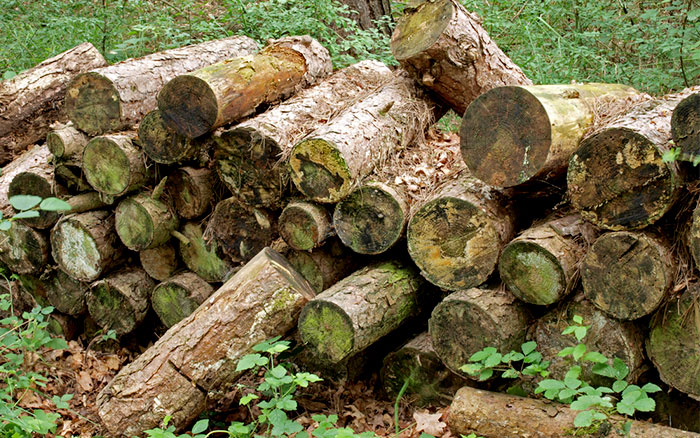
Populations of hedgehogs, sparrows and stag beetles are declining in the UK. Managing your garden to the benefit of the local wildlife could provide some much needed refuge for small mammals and birds. You don’t have to be an expert to take part in wildlife gardening; simply knowing the few rights and wrongs will make a world of difference.
Build a Bird House
A bird house or bird table could save small birds from dying during the winter when food and shelter isn’t readily available. If possible try to keep it in a raised area – hanging on a fence for example.
Segregate Your Garden
If you have a large garden consider segregating it to help different animals. Blackbirds like to forage for worms in short grass, while longer grass can provide cover for small animals that are trying to escape predators.
Install a Pond
Ponds aren’t just pleasant to look at, they can provide a valuable source of water for birds, dragonflies and other flying insects.
Build a Log Pile
Not all dead wood is completely useless. Rather than putting larger chunks of rotting logs into your compost heap, stack them in the corner of your garden. A log pile will attract slugs, grubs and caterpillars; provide a source of food for the birds; and may even give a temporary home for a wondering hedgehog.
Use Native Plants
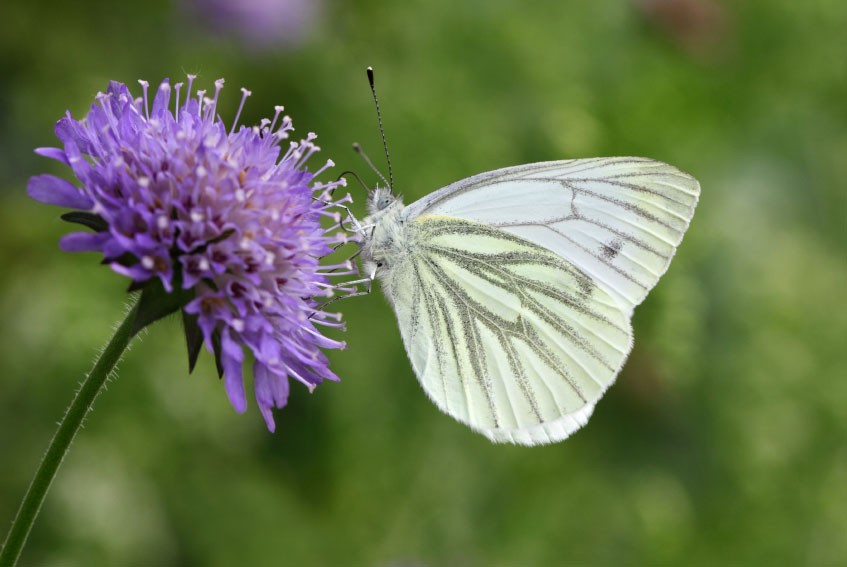
Try to use plants and flowers that are native to your area. If you’d like to buy “wild flowers” make sure they’ve been cultivated from seeds rather than dug up.
Categories
- Building Maintenance
- Cleaning
- Electrical
- Gardening
- General Info
- Our Service
- Pest
- Security
- Uncategorized
- Waste Solutions
Archive
- April 2024
- March 2024
- February 2024
- January 2024
- December 2023
- November 2023
- August 2023
- April 2023
- February 2023
- January 2023
- December 2022
- November 2022
- October 2022
- September 2022
- August 2022
- July 2022
- June 2022
- May 2022
- April 2022
- March 2022
- February 2022
- January 2022
- December 2021
- October 2021
- September 2021
- August 2021
- July 2021
- June 2021
- May 2021
- April 2021
- March 2021
- February 2021
- January 2021
- December 2020
- November 2020
- October 2020
- September 2020
- August 2020
- July 2020
- June 2020
- May 2020
- April 2020
- March 2020
- February 2020
- January 2020
- December 2019
- November 2019
- October 2019
- September 2019
- August 2019
- July 2019
- June 2019
- May 2019
- April 2019
- March 2019
- February 2019
- January 2019
- December 2018
- November 2018
- October 2018
- September 2018
- August 2018
- July 2018
- June 2018
- May 2018
- April 2018
- March 2018
- February 2018
- January 2018
- December 2017
- November 2017
- October 2017
- September 2017
- August 2017
- July 2017
- June 2017
- May 2017
- April 2017
- March 2017
- February 2017
- January 2017
- December 2016
- November 2016
- October 2016
- September 2016
- August 2016
- July 2016
- June 2016
- May 2016
- April 2016
- March 2016
- February 2016
- January 2016
- December 2015
- November 2015
- October 2015
- September 2015
- August 2015
- July 2015
- June 2015
- May 2015
- April 2015
- March 2015
- February 2015
- January 2015
- October 2014
- May 2013
- April 2013
- November 2011
- September 2011
- June 2011
- January 2011
- December 2010
- November 2010

